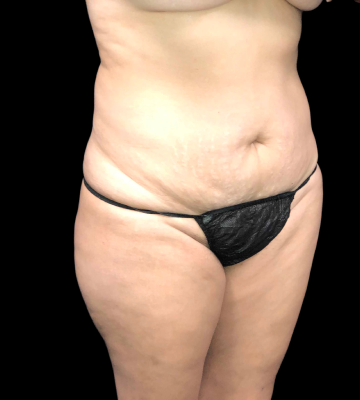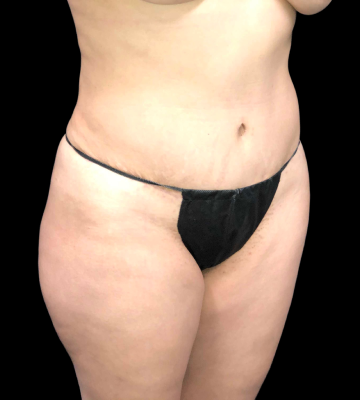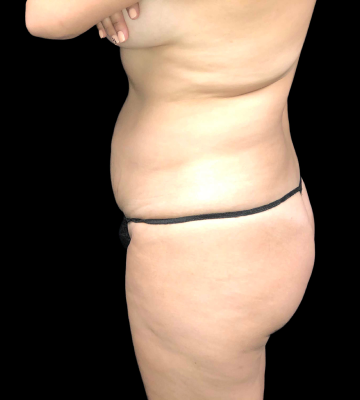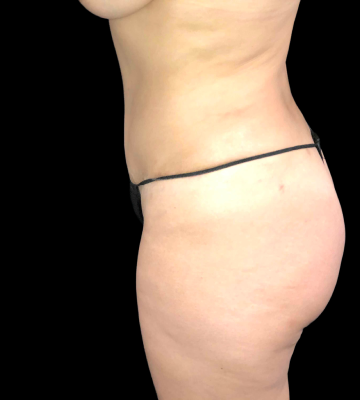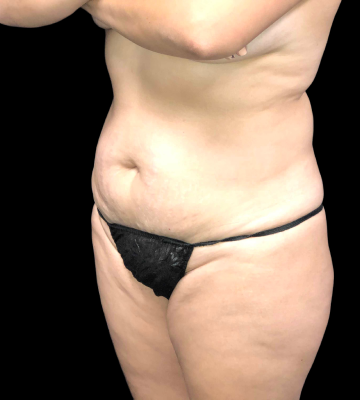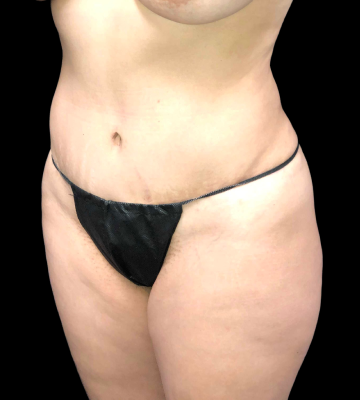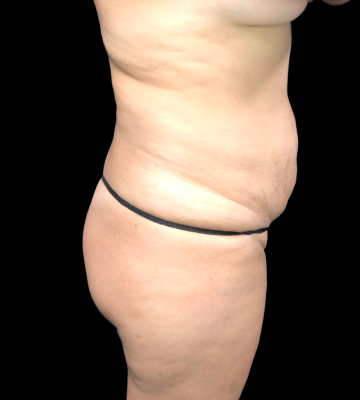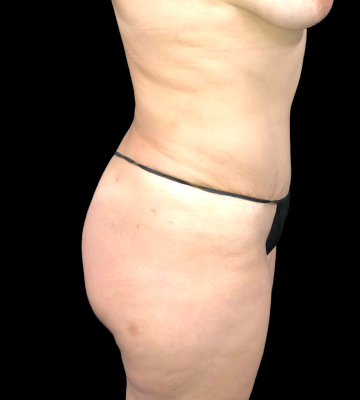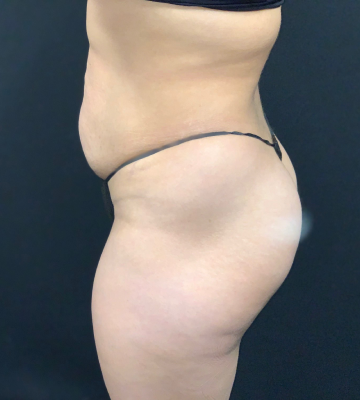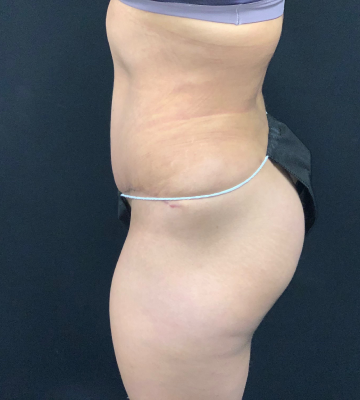Everything you need to know BEFORE breast augmentation
Top 5 Things to know about Tummy Tuck
Average price $10,300
Financing monthly payments as low as $527
BMI 30 and below
Financing monthly payments range from $297-$573
Back to work after 2 weeks
Patient Reviews

Tummy Tuck FAQs
Abdominoplasty may be right for you if you have sagging abdominal muscles and skin after pregnancy or weight loss. Many patients who seek a tummy tuck do so because healthy eating and exercise have failed to achieve the toning and flattening they desire. To be an ideal candidate for abdominoplasty, you should be in good health and have maintained a stable weight for the past 6 months.
Although one of the leading plastic surgery procedures, and one with a high satisfaction rate, abdominoplasty is not for everyone. Women who are planning to have children in the future are not ideal candidates because subsequent pregnancies can diminish the results of surgery. Patients who are in the process of obtaining their ideal weight may also be advised to postpone their tummy tuck until they have stabilized their weight for 6 months. Losing weight after abdominoplasty could result in suboptimal results due to excess skin.
A tummy tuck consultation begins with a thorough conversation about your motivation for surgery. Dr. Gear is committed to patient education and wants his patients to feel empowered by the information they receive during their initial visit.
In addition to getting to know you as an individual, we will review your medical history and perform a brief examination of your abdominal muscles and overlying skin. Dr. Gear will discuss the type of tummy tuck that is recommended for you and why. Finally, your consultation is intended to answer the questions you have about your procedure.
A tummy tuck may take from 2 to 5 hours. Sedation is achieved with general anesthesia. To conduct a tummy tuck, Dr. Gear makes an incision that runs from one hip bone to the other.
A second incision may be made around the belly button. The abdominal muscles are separated from overlying skin and are stitched into a narrower configuration as discussed at your consultation. The skin is then pulled down over the tightened muscles and the belly button is attached in its most natural position. Skin is trimmed at the incision area before closure is performed with sutures. A surgical dressing or compression garment may be applied in the surgery center.
A tummy tuck is a major abdominal surgery and carries the same risks of any other abdominal procedure. These include adverse reaction to anesthesia, infection, bleeding, and poor wound healing.
Generally, the risk of these complications is very low. The primary risks of a tummy tuck are that the incision may not heal well and that results may not be symmetrical. It is important to consult with an experienced, board-certified plastic surgeon if you are interested in abdominoplasty.
Abdominoplasty surgery is conducted with general anesthesia. The medications are sedative and also analgesic, so patients will likely feel some degree of numbness in the incision areas after their tummy tuck. Because incisions may disrupt the nerves in the lower abdomen, numbness could linger for several days. The most common sensation after abdominoplasty is soreness in the mid-abdominal area, where muscles have been tightened.
All surgeries involve some amount of pain management. Initially, tummy tuck patients will rely on prescription pain medication to reduce soreness. With adequate rest during the two-weeks after surgery, many patients can stand fully upright and lie flat again. According to patients, tummy tuck recovery is not excruciating. The soreness that occurs is manageable and resolves much more comfortably when the body is given ample time to simply be in the healing process.
Tummy tuck recovery is not as unpleasant as most patients fear. Initially, you can expect to be unable to stand upright. Standing and walking bent over are necessary because the abdominal muscles have been tightened with many sutures. The muscles that have had room to be loose for many months or years react to their new position with inflammation. Within about 2 weeks, the initial soreness of muscle tightening is well on its way to disappearing, and standing up straight is once again the norm.
While muscle tightness is ongoing, you will need help with everyday activities such as getting out of bed and to the bathroom, bathing, brushing your teeth and hair, and maintaining a healthy diet. It is necessary to walk short distances several times a day to prevent blood clots. Especially when prescription medications are being taken, you will need someone to help you.
If questions arise before surgery or during recovery, we encourage you to contact our office for friendly assistance.





